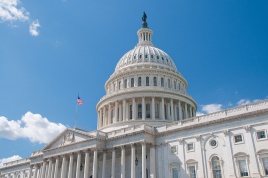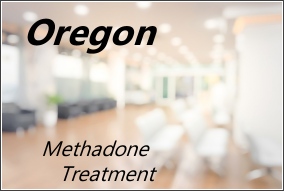 The synthetic opioid, fentanyl, has led to an increase in overdose deaths in recent years. As many as 112,000 in the last year according to NPR. As a result, some physicians are pushing to make methadone more available to those who need it.
The synthetic opioid, fentanyl, has led to an increase in overdose deaths in recent years. As many as 112,000 in the last year according to NPR. As a result, some physicians are pushing to make methadone more available to those who need it.
The Biden administration has created new federal rules for methadone treatment designed to widen access for more patients. In particular, the requirement of one year of active opioid addiction is being reduced to just 6 months of opioid addiction in order to become eligible to receive methadone.
There are about 2000 federally-approved opioid treatment programs (OTP) in the United States. Many thousands of patients are receiving life saving services from these clinics. Since COVID, many OTP clinics have made take home medication more accessible to those in early phases of treatment.
With illegal opiates still flooding the country, increasing access to opioid treatment and medication is easily justified. The question remains as to how local law enforcement can ultimately stem the flow of drugs into the community, as well as how youth can be educated to avoid risking first drug use.

 Follow
Follow

 There is an
There is an  Like most states, Oregon is in need of quality treatment options for opioid-addicted individuals who are ready for recovery.
Like most states, Oregon is in need of quality treatment options for opioid-addicted individuals who are ready for recovery.  Several articles recently addressed a study which found that providing buprenorphine after an overdose significantly increased the likelihood of individuals accessing opioid use disorder (OUD) treatment.
Several articles recently addressed a study which found that providing buprenorphine after an overdose significantly increased the likelihood of individuals accessing opioid use disorder (OUD) treatment. The U.S. Dept. of Health and Human Services has awarded $1.5 billion in an effort to support States in their fight against opioid addiction.
The U.S. Dept. of Health and Human Services has awarded $1.5 billion in an effort to support States in their fight against opioid addiction. 


